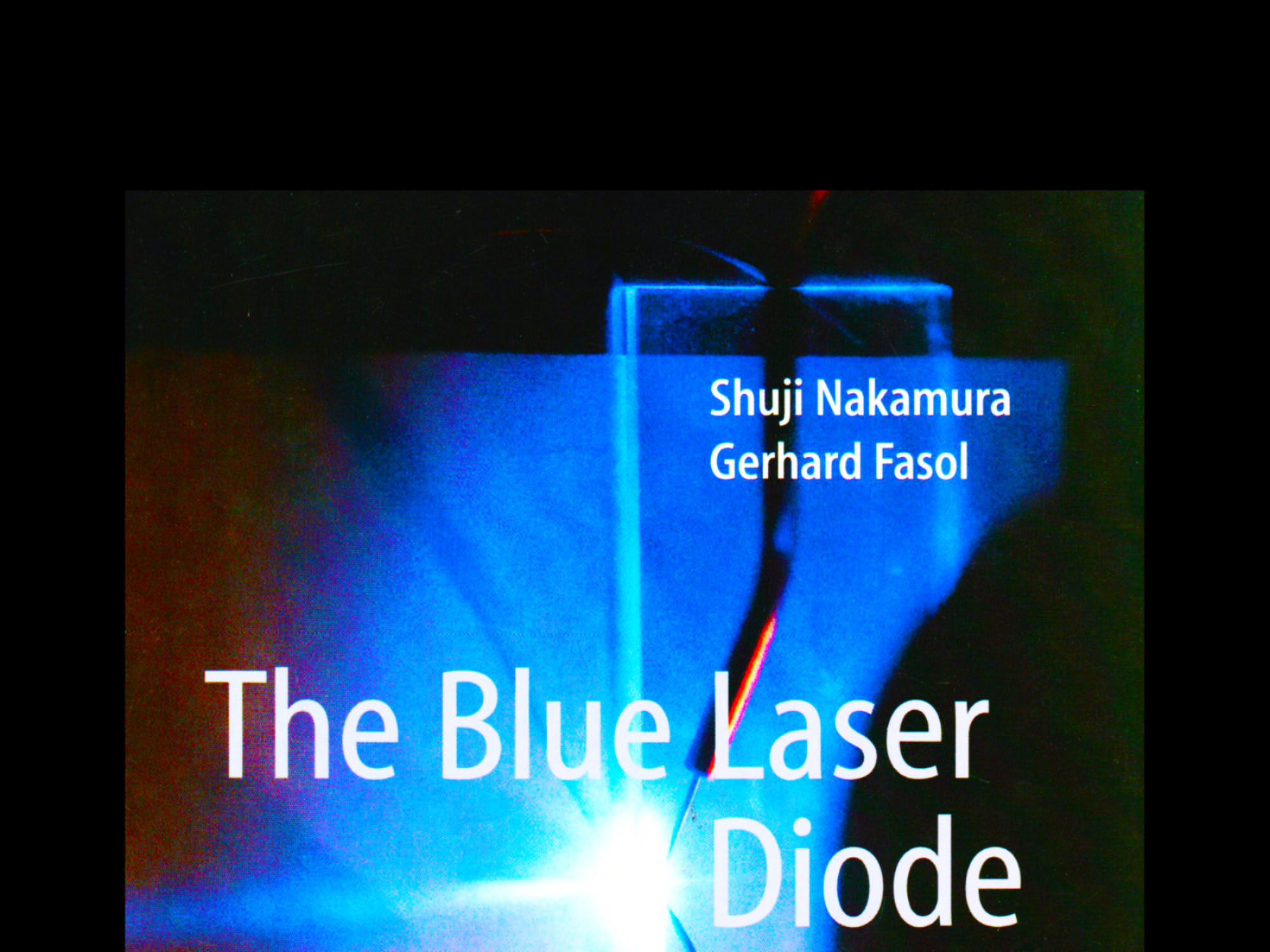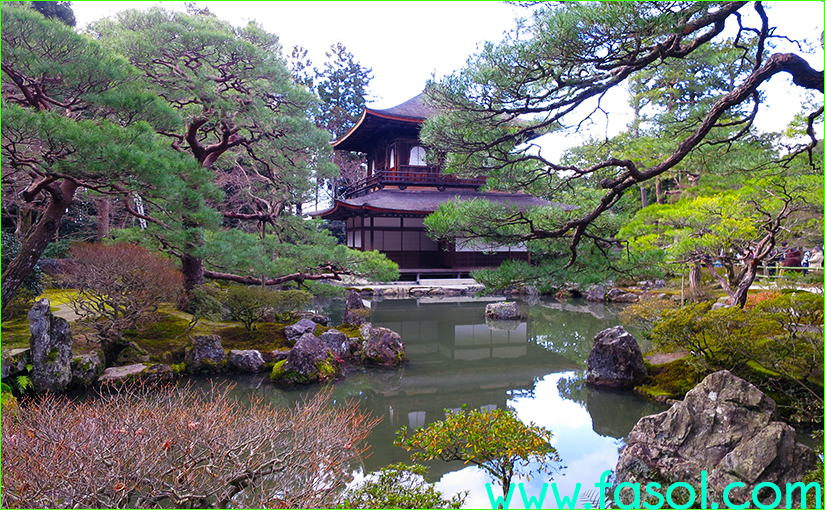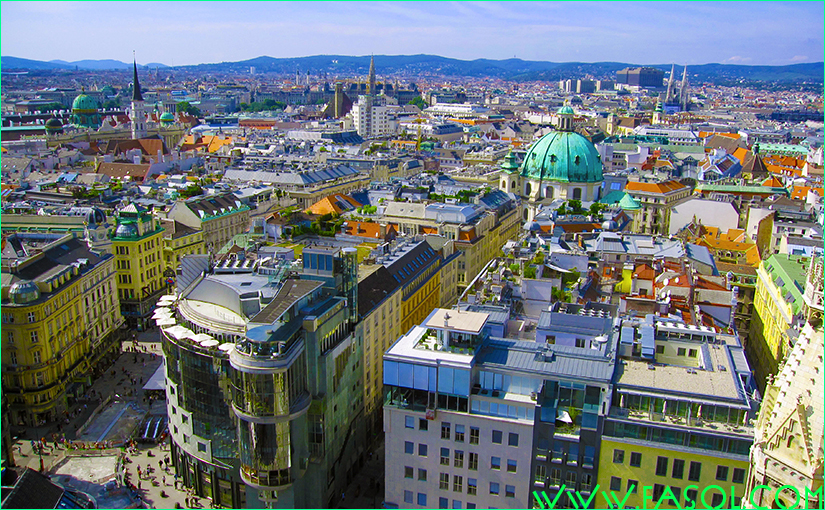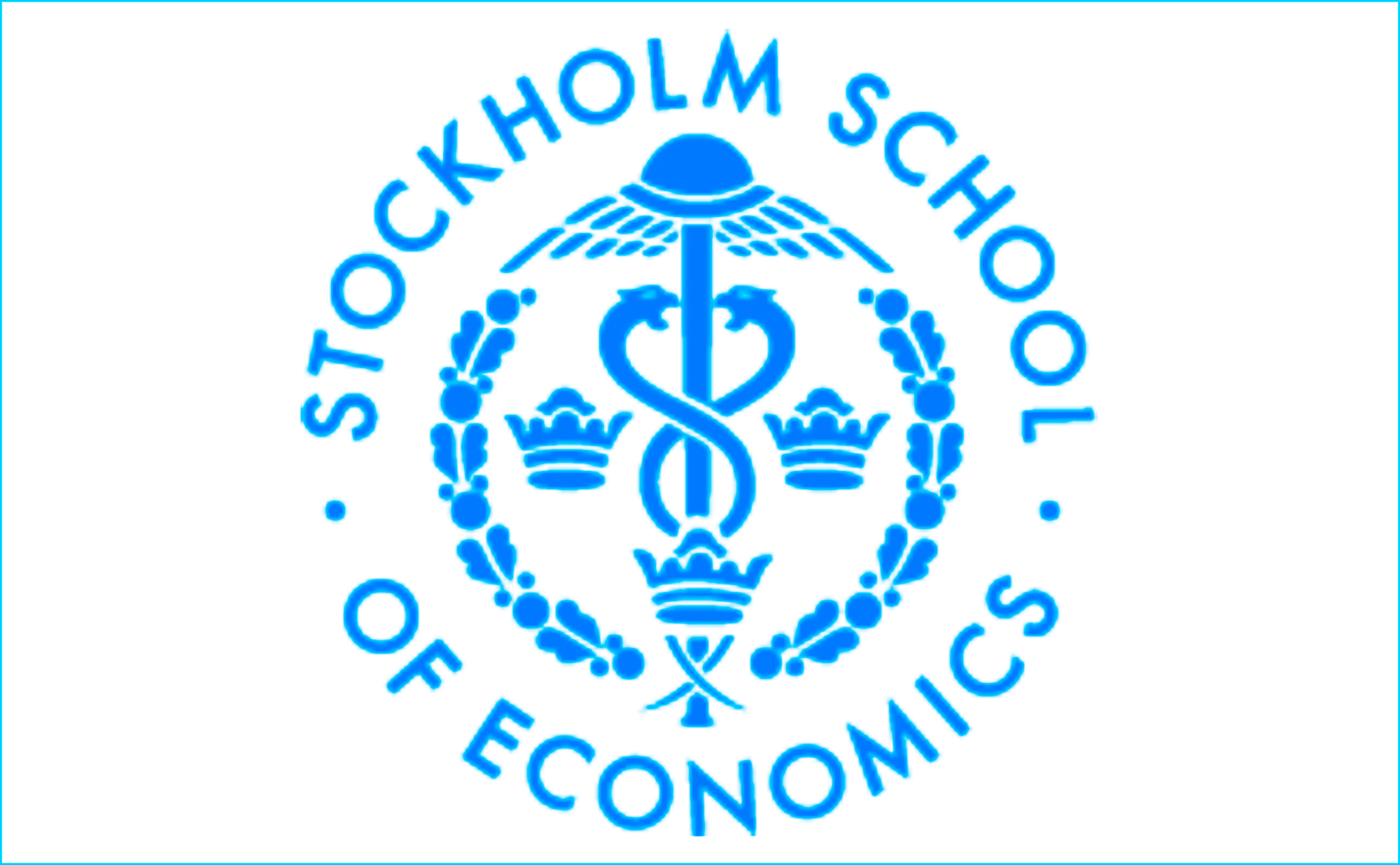Gerhard Fasol. news. events.
-
The Blue Laser Diode: The Complete Story (2nd Edition) Springer Verlag, Heidelberg Blue laser diode book – GaN based light emitters and lasers (1st Edition) Since I have been working for many years on GaAs research, as soon as I heard Shuji Nakamura’s talk at one of Japan’s applied physics conferences, I understood the importance,…

-
Kyoto tips: tell me the top-10 things to see! I wrote the first version of this Kyoto tips page for my god-daughter who visited Japan with her boyfriend last year, and she asked me “Gerhard – tell me the top-10 things to do in Kyoto!”… Kyoto is both a town (Kyoto-Shi 京都市) and a Province…

-
Vienna: have fun in Wien like a real Wiener Here are some tips for Vienna, if you visit Vienna for holidays or conferences, or live in Vienna! Vienna: Lots of friends ask me for recommendations when visiting Vienna, so I wrote up some tips here, I’ll keep updating these tips, so let me know any…

-
Japan cloud computing impact and trends, keynote article Software eats everything, and cloud eats software… we all see a strong trend of all data and computing to move to “the cloud”, because if done well, managing data and computing in the cloud can be far cheaper than on computers and on storage that you or…
-
Helped BBC with the article “Sony earnings boosted by weak yen and smartphone sales“
-
Japan technology companies – how to move to the future? Gave a talk to a group of about 50 CEOs of the Japan subsidiaries of global companies on the topic “A future for Japan’s tech companies?” I talked about the same issues as at the TTI-Vanguard Forum about a year earlier, and started again with…
-
Stockholm School of Economics at the Embassy of Sweden European Institute of Japanese Studies EIJS European Institute of Japanese Studies Academy Seminars presents: “Japan’s Energy – Myths vs Reality, Mantra vs Smart” Speaker: Dr. Gerhard Fasol, President, Eurotechnology Japan K.K. Time: Wednesday, June 19th, 2013 Location: Alfred Nobel Auditorium, Embassy of Sweden About the talk:…

-
“ENERGY” Wednesday, 20th February 2013, Embassy of Austria, Tokyo 14:00 Welcome by Dr. Bernhard Zimburg, Ambassador of Austria to Japan 14:10 Gerhard Fasol, “today’s agenda” 14:20 – 14:40 Robert Geller Professor of Geophysics University of Tokyo, seismologist. First ever tenured non-Japanese faculty member at the University of Tokyo “A seismologist looks at nuclear power plant…
-
Games are 11% of SONY‘s sales – and currently 56% of SONY’s profits come from selling life insurance, consumer loans and financial products in Japan. Games are important, but are not going to make or break SONY at this time. Technical specs of the next Playstation need to be fantastic. Specs alone however have not…
-
I was invited to give a keynote talk to about 50 European participants in the EU-Japan Gateway program, which assists small and medium sized European companies to enter the Japanese market. My topic was “How can a European company succeed in Japan’s energy landscape?” I explained Japan’s energy situation today, based on our reports: Renewable…